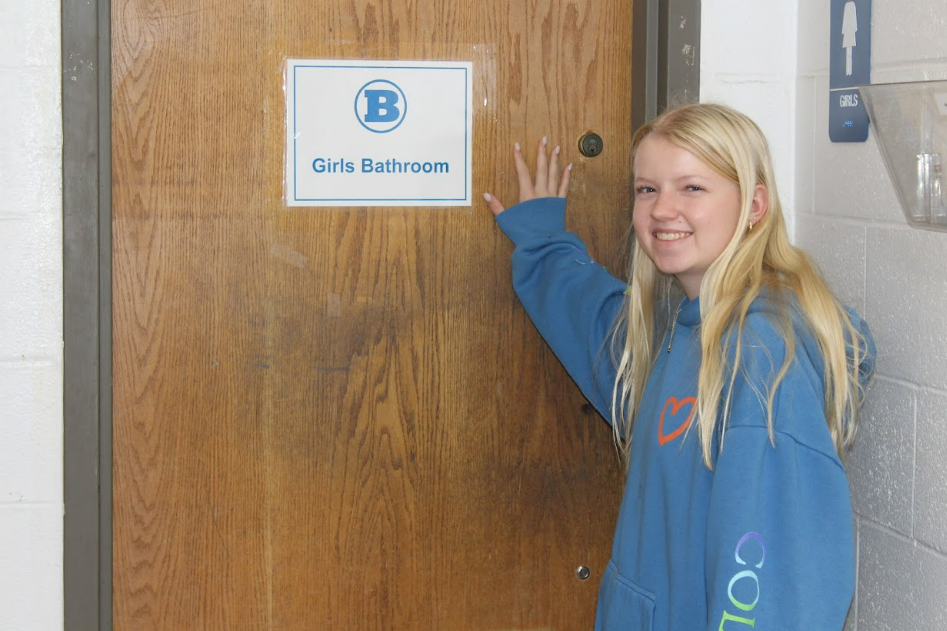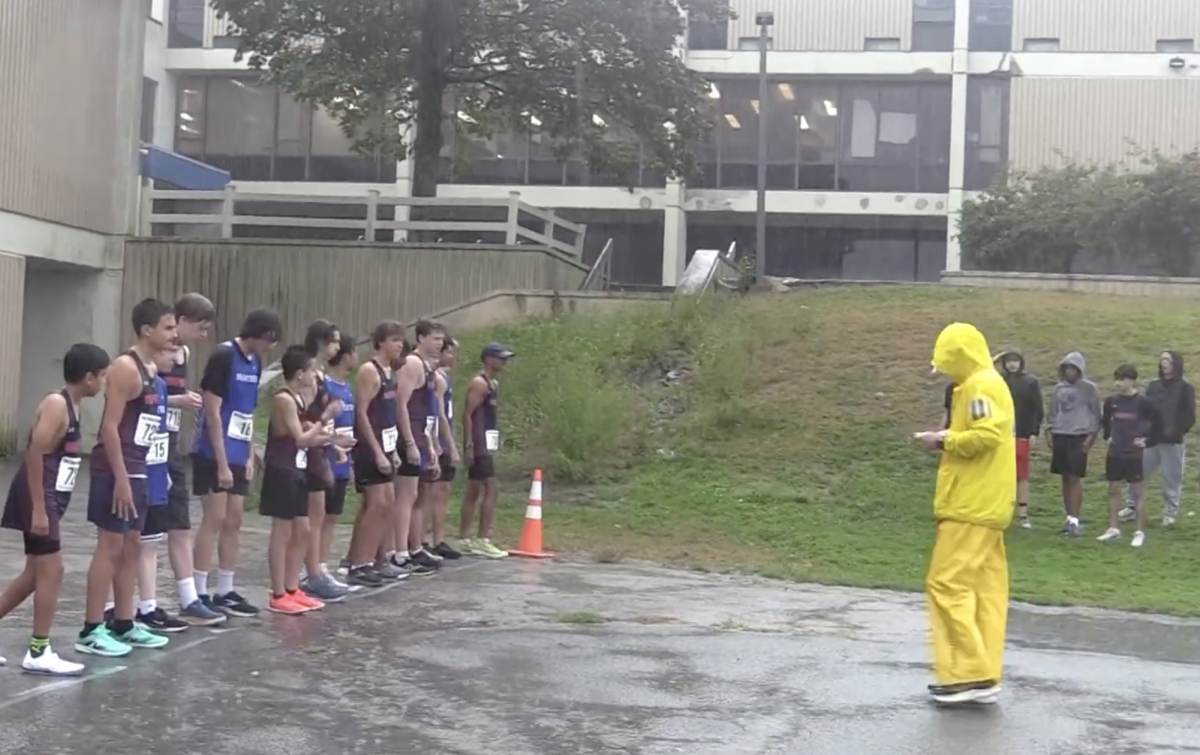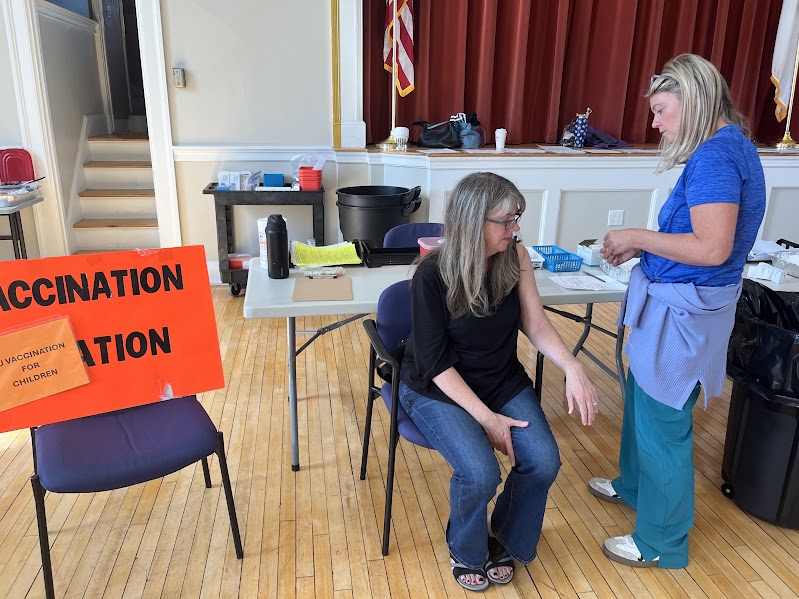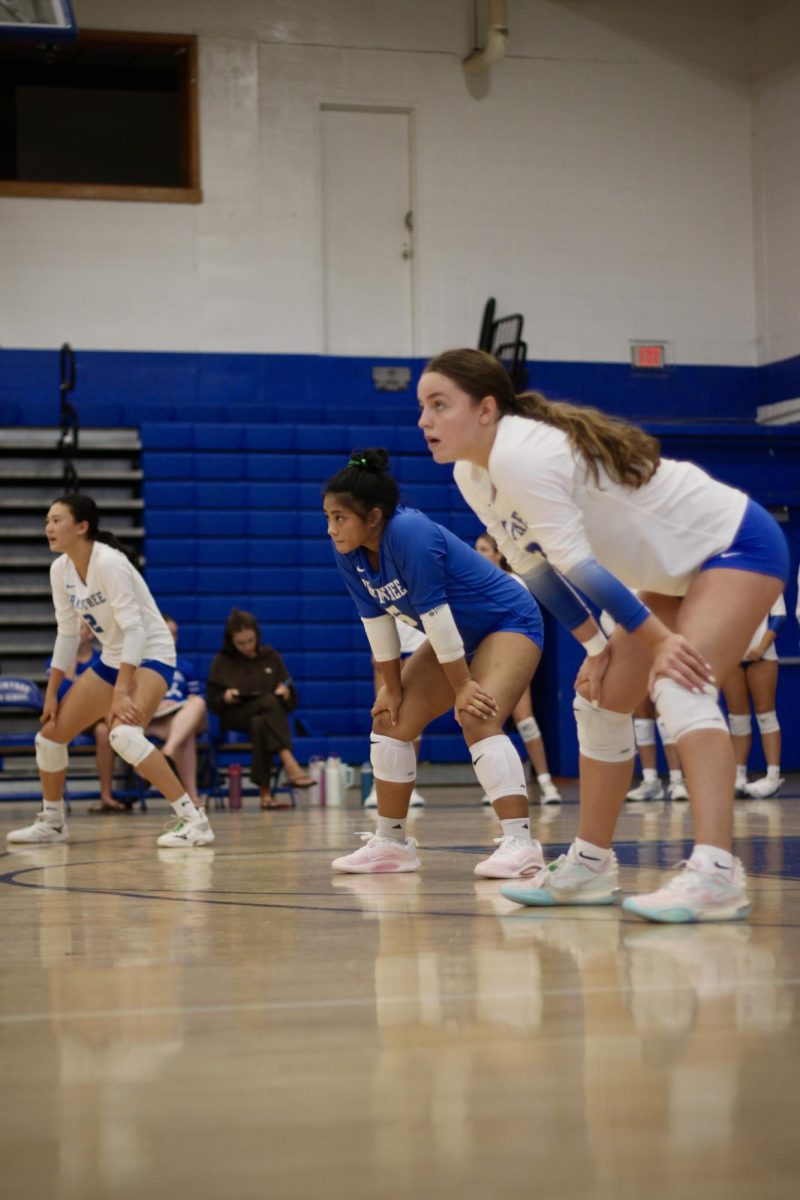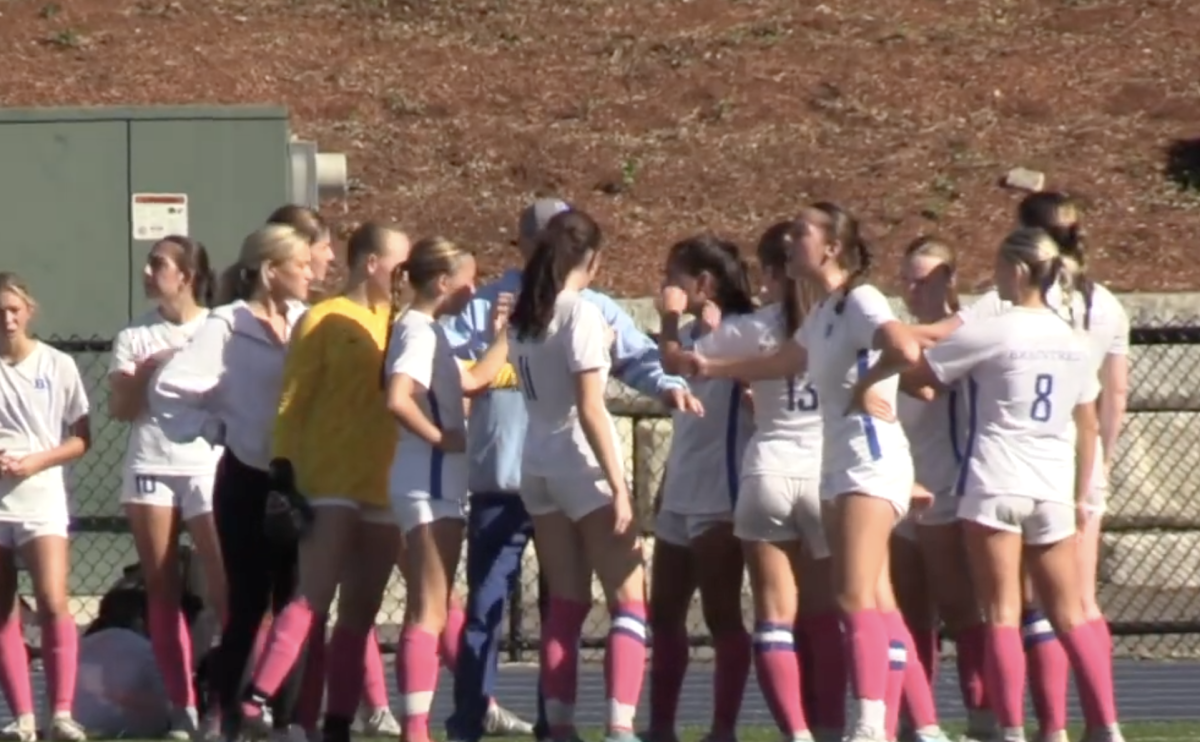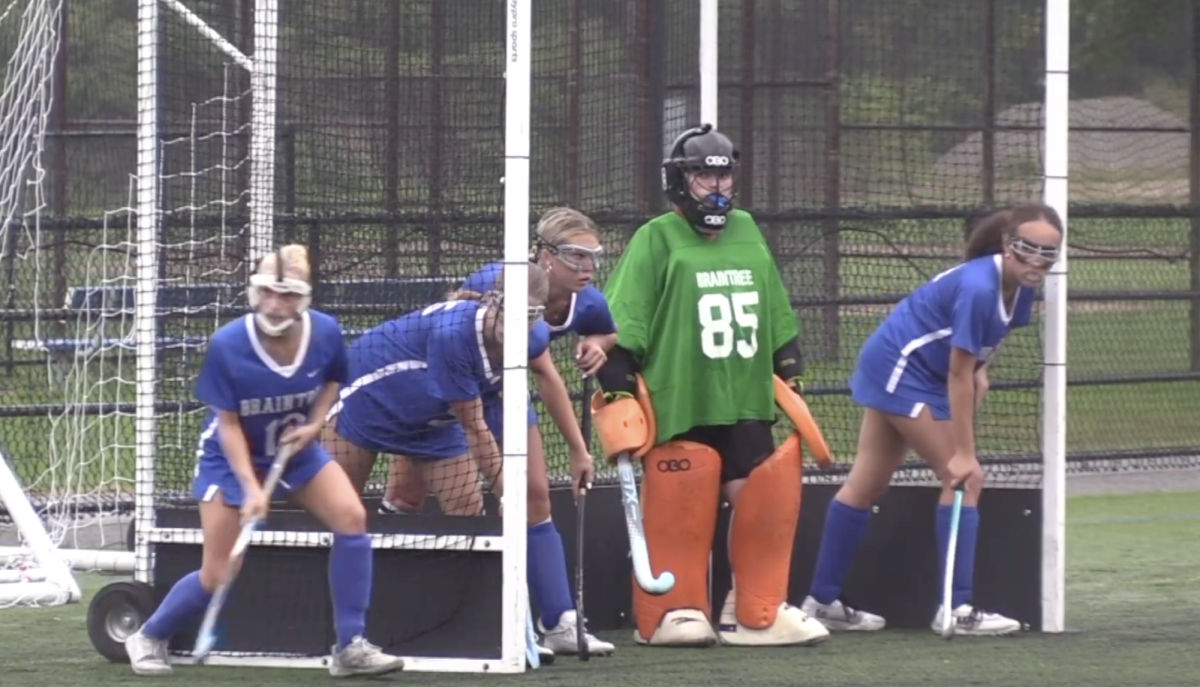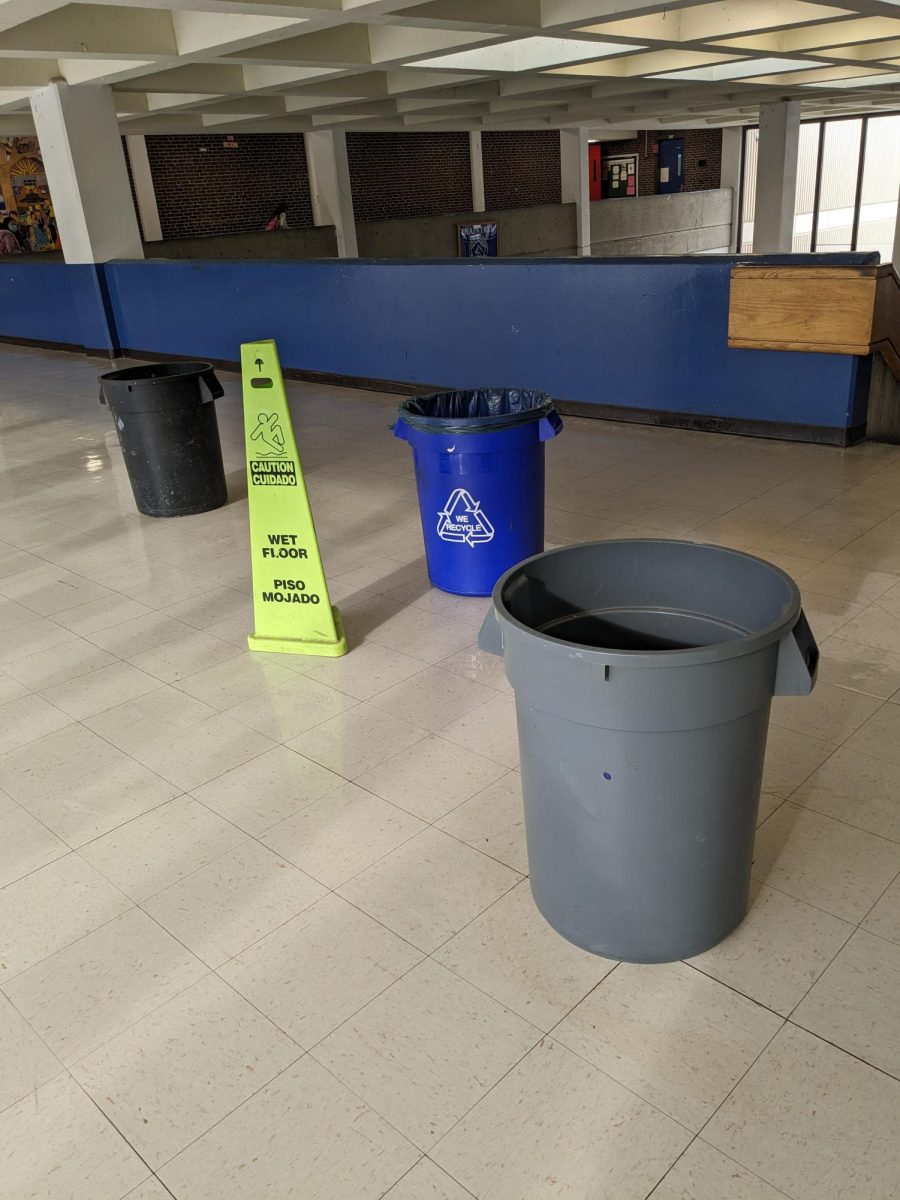When it comes to Braintree Public Schools, none are more infamous for being run-down as Braintree High School is. The building is half a decade old, and New England is infamous for its extreme weather. Water can easily pool on the school roof due to its flat construction. This damages the roof, and can also cause the growth of many species of mold and fungus, some of which can be hazardous. So, what efforts, if any, have been made to amend this issue? And how is the current state of Braintree High School affecting students?

Answering the latter question first, the state of the school has an ever present effect in the lives of many students. Water damage is an ever present problem, especially in older buildings like this. “You know, if the roof’s leaking this much, you’d think they’d, I don’t know, close the school to fix it!” says junior Sarah Peters. There is some general student body consensus on this, especially this year, due to the lack of snow days. “And it’s always [leaking in] the same spot,” continues Sarah, “shouldn’t [the school] know that it’s a problem?” With repeated instances of the school sustaining damage during extreme weather, students are wondering what the school is doing about these issues.
Teachers also have something to say about the state of the school’s roof. “I’ve been in room 333 since 2004, and my roof has leaked a couple times across the years.” Mrs. Lang, a history and psychology teacher, has this to say on the roof issue: “I’m not sure there’s a cohesive policy, but when it happens, it usually gets fixed. I’m not sure if anyone else has been having issues, but I know that leaks in the hallway take longer to get fixed.” It’s possible that, due to heavy foot traffic in the halls, repairs may be more difficult to perform there. Lack of funding could also be a contributing factor. In addition, Mrs. Lang had this to say on the argument that school should be closed down to fix leaks; “Only if it’s too bad, or in a lot of classrooms.”
Now, on the school’s response to all this, our information is limited. We reached out to Mr. Riordan for an interview, but he never got back to us. What we do know is that, whenever there are leaks in the school, the usual response is to put a bucket beneath the leak. These buckets usually remain in place for several days. While a short term solution, close inspection by our staff members of the ceiling has revealed that the ceiling itself is not touched, at least not in the hallways. However, it is possible that the roof has been repaired, something that, without access to the roof, we cannot confirm or deny. And, although with the recent projects on other schools making it seem likely, we also cannot confirm or deny that the school district does not have any money left to fix the school.


